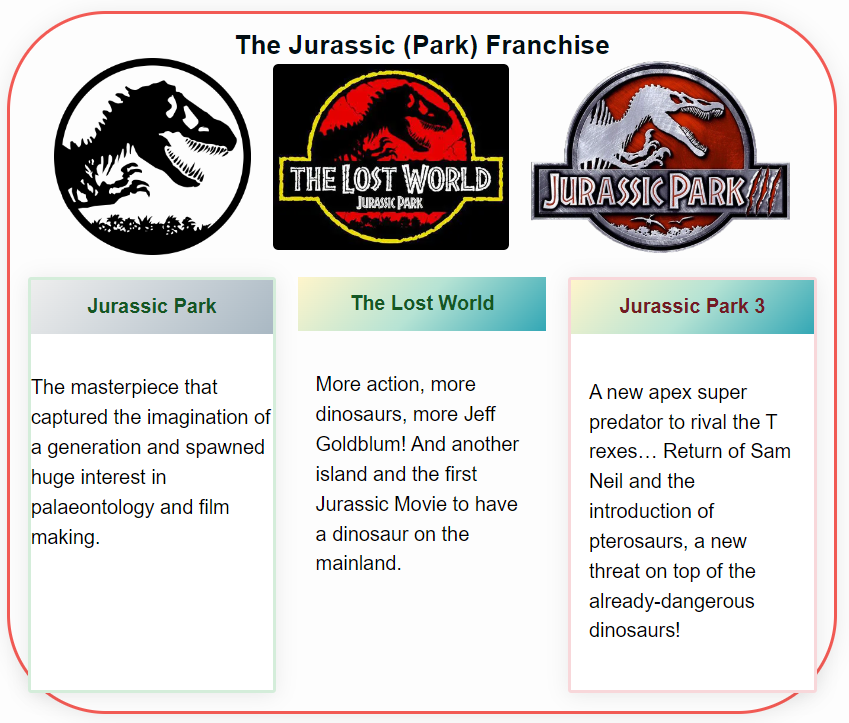Plateosaurus, a fascinating creature from the Late Triassic Period, roughly 214 to 204 million years ago, offers a captivating glimpse into the early stages of dinosaur evolution. Known as one of the earliest long-necked dinosaurs, or “prosauropods,” Plateosaurus roamed what is now central and northern Europe, showcasing some intriguing characteristics that set it apart from its dinosaurian contemporaries and successors.
Key Facts About Plateosaurus
- Name Meaning: The name “Plateosaurus” translates to “flat lizard,” derived from Greek words due to the flat appearance of its bones.
- Size: Plateosaurus was a sizable creature, with adults reaching lengths of up to 10 meters (33 feet) and weights around 4,000 kilograms (8,800 pounds), though average sizes were slightly smaller.
- Diet: This dinosaur was herbivorous, feeding on the lush vegetation of its era, including ferns, cycads, and conifers. Its strong jaws and serrated teeth suggest it could process a variety of plant materials.
- Bipedal and Quadrupedal: Interestingly, Plateosaurus could walk on two legs (bipedally) and likely used its forelimbs to grasp food, though it might have also walked on all fours (quadrupedally) at times, especially when foraging.
Evolutionary Significance
Plateosaurus holds a key position in the dinosaur evolutionary tree. As one of the earliest known sauropodomorphs, its existence provides valuable insights into the evolution of sauropods, the giant, long-necked dinosaurs that would come to dominate the Jurassic landscape. The adaptability and varied diet of Plateosaurus may have been significant factors in its success and proliferation during the Triassic, laying the groundwork for the diversification of later sauropodomorphs.
Discoveries and Research
Fossil finds across Germany, Switzerland, and France have painted a detailed picture of Plateosaurus’ life and environment. The Trossingen Formation in Germany, in particular, has yielded an abundance of Plateosaurus skeletons, making it one of the best-represented dinosaurs in the fossil record. These finds have facilitated extensive research into its anatomy, growth patterns, and behavior, revealing a complex, adaptable animal capable of thriving in the varied ecosystems of the late Triassic.
Plateosaurus in Popular Culture
While not as famous as its Jurassic cousins like Brachiosaurus or Diplodocus, Plateosaurus has made appearances in various dinosaur-related media, capturing the imagination of dinosaur enthusiasts and paleontologists alike. Its role as a pioneering sauropodomorph makes it a staple in discussions about dinosaur evolution and diversity.
Conclusion
Plateosaurus embodies the dynamic world of the Late Triassic, a period of significant evolutionary experimentation and change. As research continues, this ancient dinosaur remains a central figure in understanding the early stages of dinosaur evolution, offering insights into how these magnificent creatures came to dominate the Earth for millions of years.
Certainly! Below is a table that highlights some of the notable relatives of Plateosaurus and other species it shared its habitat with during the Late Triassic Period. This table provides a glimpse into the diverse ecosystems of that era, showcasing both the dinosaurian relatives within its lineage and other contemporary animals, including early mammals, reptiles, and amphibians, that coexisted with Plateosaurus.
| Category | Species or Group | Description |
|---|---|---|
| Close Relatives | Massospondylus | Another early sauropodomorph dinosaur, known for its long neck and tail, similar to Plateosaurus but found primarily in Africa. |
| Riojasaurus | A relatively large sauropodomorph that lived in what is now Argentina, showing the wide distribution of these early dinosaurs. | |
| Other Dinosaurs | Herrerasaurus | One of the earliest known theropods, showcasing the diversity of dinosaur life forms coexisting with Plateosaurus. |
| Coelophysis | A slender, carnivorous dinosaur that might have preyed on smaller animals and possibly scavenged. | |
| Other Reptiles | Tanystropheus | A long-necked reptile with a very distinct body plan, not a dinosaur, but a contemporary reptile with an unusual lifestyle. |
| Postosuchus | A large, predatory reptile that was not a dinosaur but possibly one of the top predators in some ecosystems where Plateosaurus lived. | |
| Early Mammals | Morganucodon | Among the earliest known mammals, sharing the environment with Plateosaurus, providing insight into the early evolution of mammals. |
| Amphibians | Metoposaurus | A large, predatory amphibian that lived in lakes and rivers, indicating the variety of aquatic and semi-aquatic life forms during this period. |
This table encapsulates the remarkable biodiversity of the Late Triassic period, highlighting the interplay between various species in ecosystems that were often dynamic and undergoing significant changes. The presence of these various animals alongside Plateosaurus provides a vivid picture of the ancient environments that were the cradle of dinosaur evolution, illustrating a world teeming with life forms, each adapting in its own way to the challenges and opportunities of the time.

